Ian Ropke writes:
Experiencing an Autumn Tea Ceremony

For many tea connoiseurs, autumn is considered to be the finest time of the year to hold a tea ceremony; the stifling hot weather has passed, and the autumn mood is sublime. The basic form and aesthetic of today’s Japanese tea ceremony is largely credited to Sen no Rikyu (1522-1591), who was inspired to develop a form based entirely around natural materials native to Japan—earthen walls, tatami, wood, and bamboo. Rikyu’s way of tea stands as a refined, yet simple, ritual of perfection that incorporates virtually every Japanese art—flowers, ceramics, lacquer, food. At its highest levels the Japanese tea ceremony becomes a spiritual act reaching out with dignified stillness to calm and pacify the heart and mind.

When taking part in the Japanese tea ceremony, first bow (while seated) and then lift the chawan (tea bowl) set before you with your right hand, and place it on the palm of your left hand. Rotate the chawan clockwise 180 degrees with the right hand in three separate movements. Then, after a short pause, drink the tea in two or three stages. After drinking the tea, wipe the part of the chawan you touched with your lips with your right hand and rotate the chawan counterclockwise 180 degrees, and return it to the host. If you are served a sweet during the tea ceremony, it will always be before you are served the tea. When in doubt, observe those around you, or behave as calmly and dignified as you can. Do what comes natural to you, in the end, there are no fixed rules in the tea ceremony.
*************************************************************
 Full text by Ian Ropke. All rights reserved.
Full text by Ian Ropke. All rights reserved.
Image 1 is Public Domain and Image 2 is courtesy of Camellia Tea Ceremony.
Ian Ropke is the author of the Historical Dictionary of Osaka and Kyoto, and director of Your Japan Private Tours. You can read his other articles for Deep Kyoto here.
Tea Ceremony in Kyoto
Did Ian whet your appetite? If you want to learn the tea ceremony the Urasenke School offers regular classes. You can also experience the traditional Japanese tea ceremony at the following tea rooms: Camellia Tea Ceremony and Ran Hotei.
Learn more
Disclaimer: Links to vendors are affiliate links from which the owner of this website may earn a commission.
 The Japanese Tea Ceremony The Japanese Tea CeremonyAmazon.com Amazon.co.jp |
 Stories of Japanese Tea Stories of Japanese TeaAmazon.com Amazon.co.jp |
 The Wisdom of Tea The Wisdom of TeaAmazon.com Amazon.co.jp |
 A Beginners Guide to Japanese Tea A Beginners Guide to Japanese TeaAmazon.com Amazon.co.jp |
 Matcha: A Lifestyle Guide Matcha: A Lifestyle GuideAmazon.com Amazon.co.jp |
 Matcha Tea Matcha TeaAmazon.com Amazon.co.jp |
Kyoto Matcha Tea Shop
Here we have collected some of the most popular matcha teas from Kyoto. For full details on each of the teas below, please click through to their vendor page.
Disclaimer: Links to vendors are affiliate links from which the owner of this website may earn a commission.
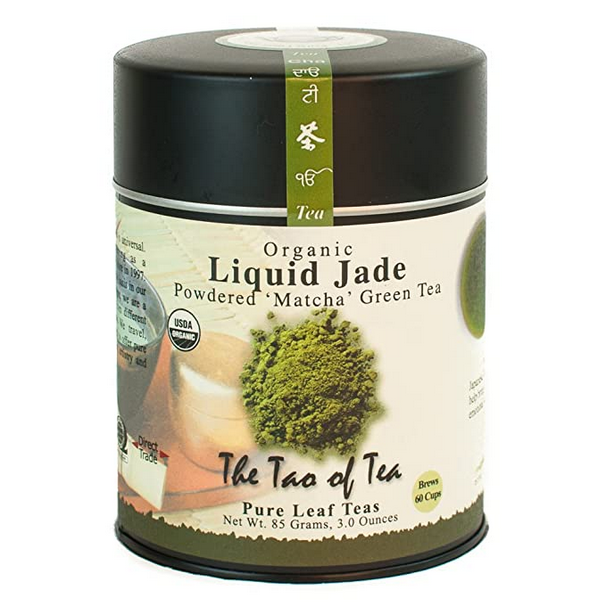 The Tao of Tea Liquid Jade The Tao of Tea Liquid JadePowdered Matcha Green Tea Amazon.com Amazon.co.jp |
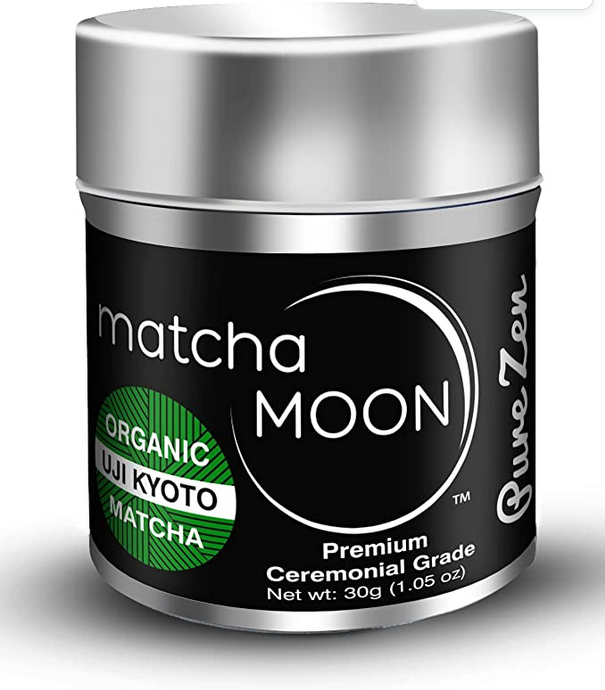 Matcha Moon Pure Zen Matcha Moon Pure ZenUji Matcha Green Tea Powder Amazon.com Amazon.co.jp |
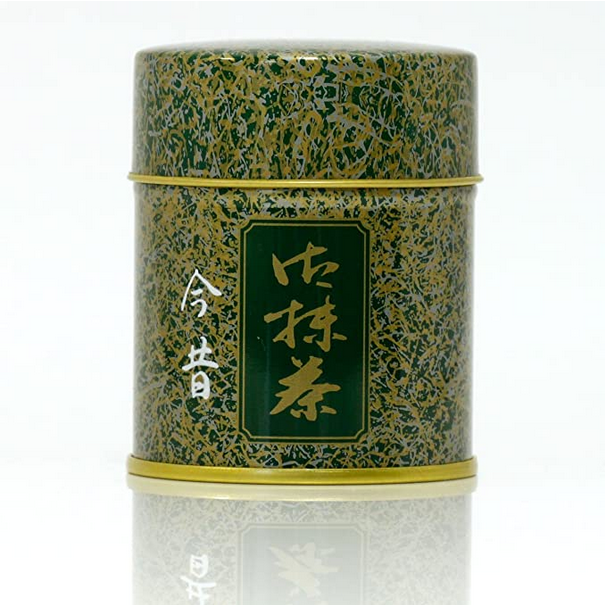 Kyoto Rikyuen Kyoto RikyuenMukashi-Ima Amazon.com Amazon.co.jp |
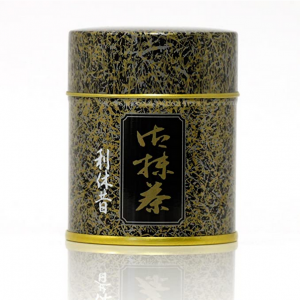 Kyoto Rikyuen Kyoto RikyuenMukashi-Rikyu Amazon.com Amazon.co.jp |
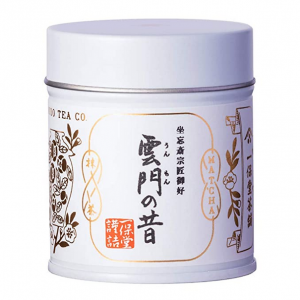 Ippodo Ummon Ippodo UmmonAmazon.com Amazon.co.jp |
 Ippodo Sayaka Ippodo SayakaAmazon.com Amazon.co.jp |
 Ippodo Kan Ippodo KanAmazon.com Amazon.co.jp |
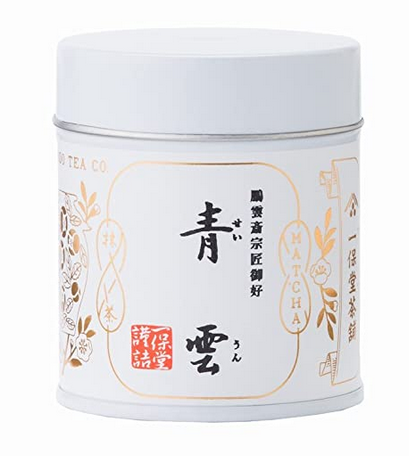 Ippodo Seiun Ippodo SeiunAmazon.com Amazon.co.jp |
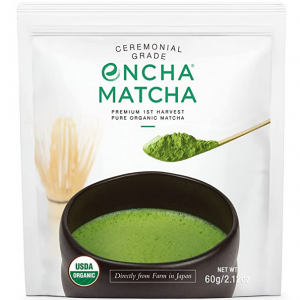 Encha Matcha Encha MatchaCeremonial Grade Amazon.com |
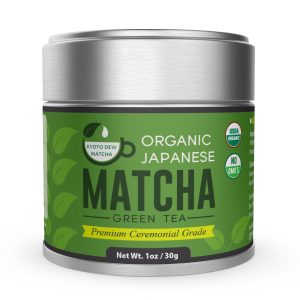 Kyoto Dew Matcha Kyoto Dew MatchaOrganic Ceremonial Grade Amazon.com |
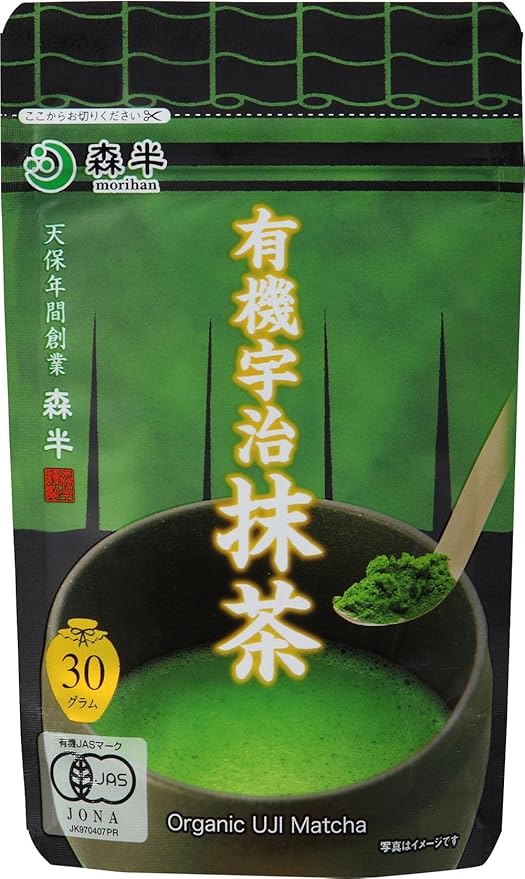 Morihan Premium Organic Matcha Powder Morihan Premium Organic Matcha PowderAmazon.com Amazon.co.jp |
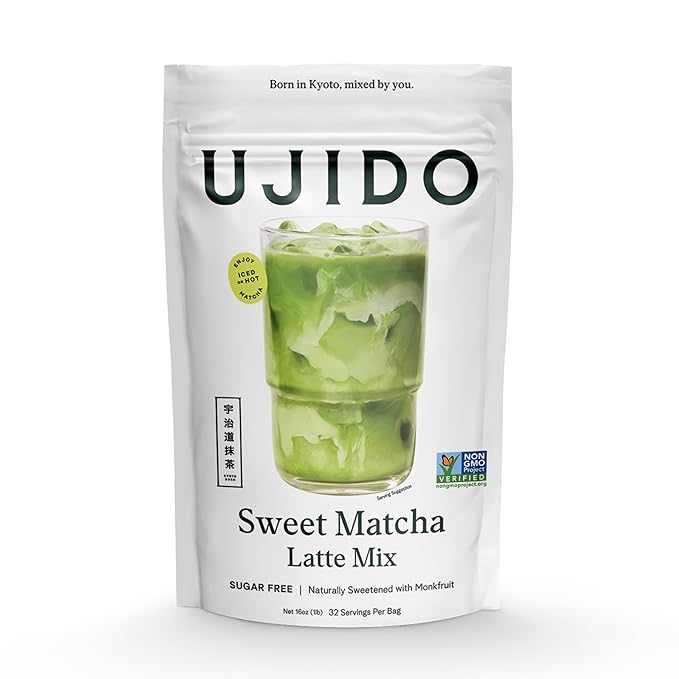 Ujido Sweet Matcha Sweetened with Monkfruit Ujido Sweet Matcha Sweetened with MonkfruitAmazon.com |


Leave a Reply